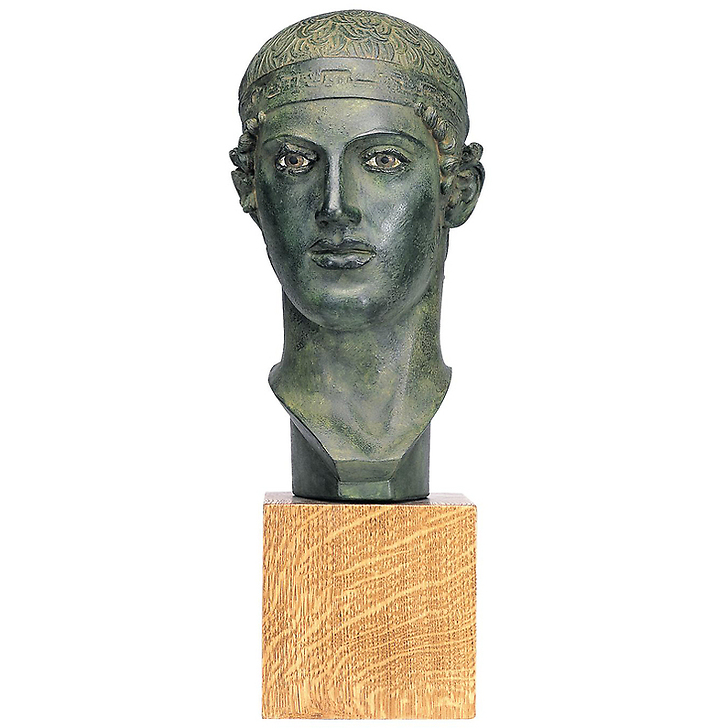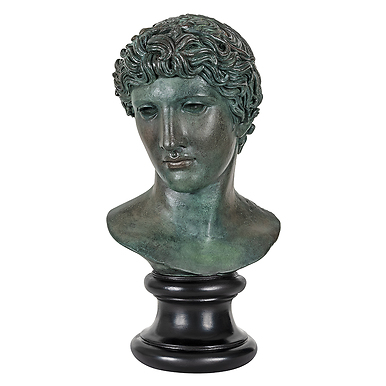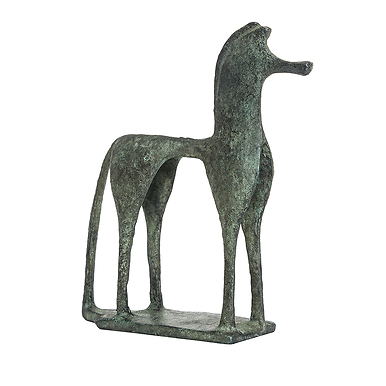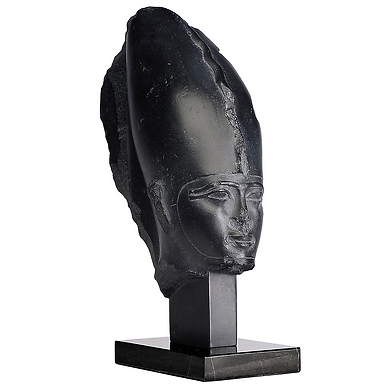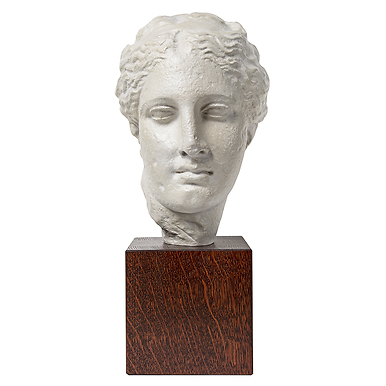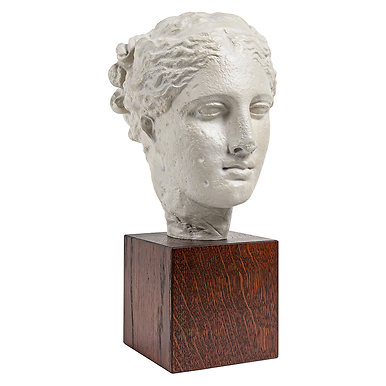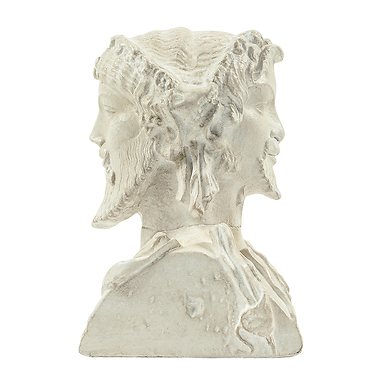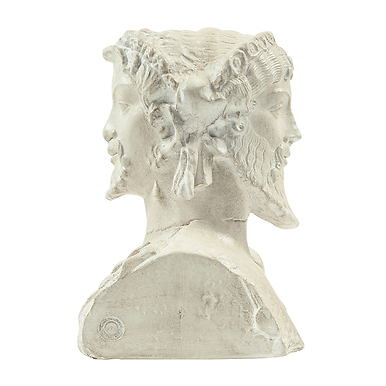
Sculpture Head of a Victorious Charioteer
RB002078
Read more
Login to see prices
Sold by GrandPalaisRmn
Characteristics
- Dimensions
- Tête : 33 x 17 x 22 cm - socle : 15 x 15 x 15 cm
- Material of the original work
- Bronze
- Material
- Resin bronze patina
- Maintenance
- Ne pas exposer à une source de chaleur directe. Nettoyage : chiffon doux et sec
- Theme
- Sports
- Art movements
- Greek, Etruscan and Roman Antiquities, Gallo-roman antiquities, Antiquités gréco-romaines
- Reference
- RB002078
- EAN
- 3336728535119
- Conservation museum
- Delphes - Musée des Antiquités
